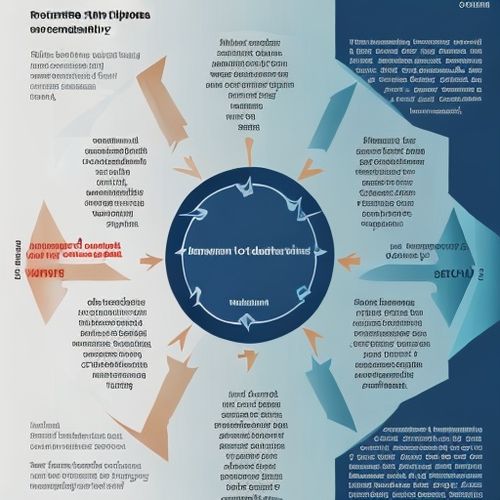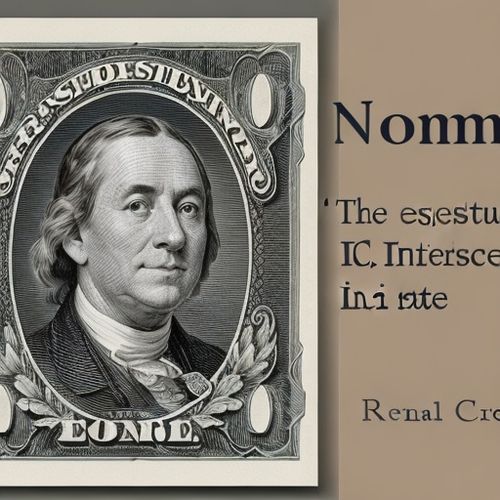Valuing a company is both an art and a science, requiring a blend of quantitative rigor and qualitative judgment. Among the myriad of valuation techniques available to analysts and investors, the Discounted Cash Flow (DCF) model and relative valuation methods stand out as two of the most widely used approaches. Each has its strengths, limitations, and ideal use cases, making the choice between them highly context-dependent.
The DCF model is often regarded as the gold standard of intrinsic valuation. At its core, it seeks to determine the present value of a company’s future cash flows, adjusted for the time value of money. The process involves projecting free cash flows over a forecast period, estimating a terminal value to account for cash flows beyond that horizon, and discounting these amounts back to the present using an appropriate discount rate—typically the weighted average cost of capital (WACC). The elegance of the DCF lies in its theoretical purity; it directly ties a company’s value to its ability to generate cash, independent of market sentiment or peer comparisons.
However, the DCF is not without its challenges. Small changes in assumptions—particularly the growth rate or discount rate—can lead to wildly different valuations, making the model highly sensitive to input parameters. Moreover, projecting cash flows far into the future requires a level of certainty that may not exist for young, high-growth companies or those operating in volatile industries. Critics argue that the DCF’s reliance on long-term forecasts renders it more of a speculative exercise than a precise valuation tool in such cases.
In contrast, relative valuation methods offer a more market-driven approach. These techniques value a company by comparing it to similar businesses, using multiples like the price-to-earnings (P/E) ratio, enterprise value-to-EBITDA (EV/EBITDA), or price-to-book (P/B) ratio. The underlying premise is that companies with comparable risk and growth profiles should trade at similar multiples. Relative valuation is particularly popular among investors who prioritize market efficiency and prefer to anchor their valuations in observable, real-world data rather than theoretical constructs.
The appeal of relative valuation lies in its simplicity and immediacy. Multiples are easy to calculate, understand, and communicate, making them a favorite among practitioners who need quick, actionable insights. They also implicitly account for market sentiment, as multiples reflect the collective wisdom—or irrationality—of market participants. However, this strength can also be a weakness. Relative valuation assumes that the market is correctly pricing comparable companies, which may not hold true during periods of euphoria or panic. Additionally, finding truly comparable firms can be difficult, especially for niche industries or unique business models.
One often-overlooked distinction between DCF and relative valuation is their treatment of company-specific risks. The DCF explicitly incorporates risk through the discount rate, which adjusts for factors like beta, debt levels, and macroeconomic conditions. Relative valuation, on the other hand, bundles risk into the multiples, leaving it to the analyst to interpret whether a company’s premium or discount to peers is justified. This subtle difference can lead to divergent conclusions about a company’s fair value, depending on which method is employed.
In practice, many analysts use a hybrid approach, triangulating between DCF and relative valuation to arrive at a more balanced estimate. For instance, a DCF might serve as the primary valuation tool, with relative multiples used as a sanity check or to fine-tune assumptions. Conversely, relative valuation might take center stage, supplemented by a DCF to ensure that implied growth rates and returns are reasonable. The interplay between these methods can provide valuable insights, highlighting discrepancies that warrant further investigation.
The choice between DCF and relative valuation often boils down to the purpose of the valuation and the availability of reliable data. For private companies or those with predictable cash flows, the DCF may be more appropriate. For publicly traded firms in well-covered industries, relative valuation might offer a more pragmatic solution. Seasoned investors recognize that no single method holds a monopoly on truth, and the most defensible valuations typically emerge from a thoughtful combination of approaches, tempered by experience and judgment.
Ultimately, both DCF and relative valuation are tools—each with its own set of limitations and appropriate applications. The key to effective valuation lies not in rigid adherence to one methodology but in understanding the nuances of each and applying them judiciously. In an ever-changing financial landscape, the ability to navigate between these approaches is what separates competent analysts from exceptional ones.

By Noah Bell/Apr 10, 2025

By Victoria Gonzalez/Apr 10, 2025

By John Smith/Apr 10, 2025

By Sarah Davis/Apr 10, 2025

By James Moore/Apr 10, 2025

By John Smith/Apr 10, 2025

By Ryan Martin/Apr 10, 2025

By Benjamin Evans/Apr 10, 2025

By Emma Thompson/Apr 10, 2025

By Megan Clark/Apr 10, 2025

By Thomas Roberts/Apr 10, 2025

By Noah Bell/Apr 10, 2025

By George Bailey/Apr 10, 2025

By Daniel Scott/Apr 10, 2025

By Benjamin Evans/Apr 10, 2025

By Amanda Phillips/Apr 10, 2025

By Sophia Lewis/Apr 10, 2025